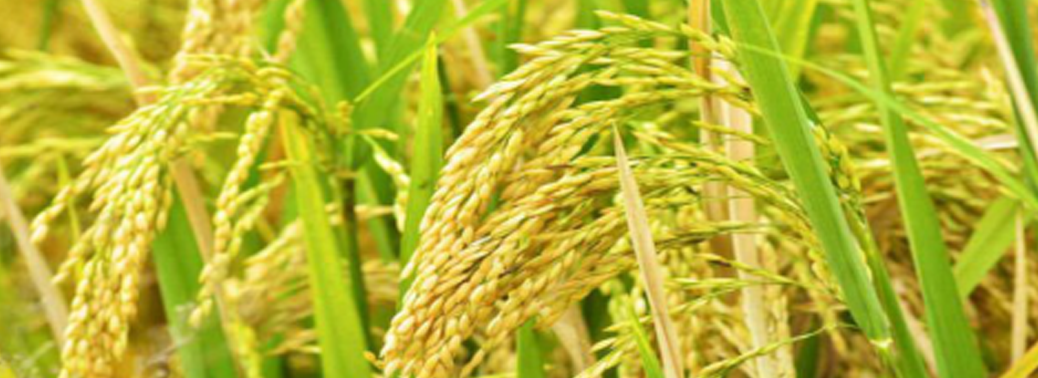NEW PADDY VARIETY – “SAHYADRI MEGHA”
12, Mar 2020

Prelims level : Environment – Biodiversity.
Mains level : GS-III Conservation, Environmental Pollution and Degradation, Environmental Impact Assessment.
Why in News?
- A new variety of paddy named ‘Sahyadri Megha’ has been developed by the University of Agricultural and Horticultural Sciences (UAHS), Shivamogga (Karnataka).
Need of a New Variety of Rice:
- The area under paddy cultivation was declining at a faster rate in the state of Karnataka.
- This is due to the fact that paddy has been widely becoming vulnerable to blast disease and other infestations. E.g: Jyothi Rice Variety.
- Also, Paddy growers are switching over to commercial crops like arecanut, ginger and rubber for better returns.
- Demand for Red Rice:Demand by customers in urban areas for red rice which is rich in fibre and protein.
- The red variety gets its rich colour from an antioxidant called anthocyanins, which are also found in deep purple or reddish fruits and vegetables.
- The compound is believed to have properties that can reduce inflammation, allergy, prevent risks of cancer and help in weight management.
About Sahyadri Megha:
- It was developed under the hybridization breeding method by cross-breeding the best among the ‘Jyothi’ variety with that of ‘Akkalu’, a disease-resistant and protein-rich paddy variety.
- Sahyadri Megha is a red variety of paddy that is resistant to blast disease and rich in nutrients.
- The new variety will be notified under the Indian Seed Act 1966 shortly after which it will become part of the seed chain.
- The protein content in it is 12.48%, higher than the other red rice varieties grown.
What is Blast Disease?
- First recorded in India during 1918.
- It is caused by fungus Pyricularia grisea (P. oryzae). Also known as rotten neck or rice fever.
- Expected Grain Loss : 70 to 80%.






